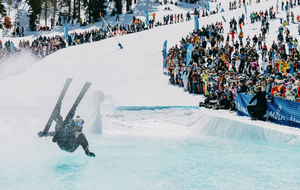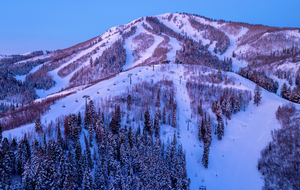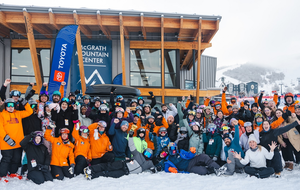Val d’Isere Local Guide
It constitutes one half of one of the world’s largest linked ski domains, the Espace Killy (named in honor of local World Cup and triple Olympic ski champion Jean-Claude Killy), which covers the combined ski areas of Val d’Isere and Tignes.
The village sits at a snow-sure altitude of 1,850m, at the head of the Tarentaise Valley in France’s Savoie departement; the local microclimate here has consistently delivered an accumulated snowfall total in excess of six metres most winter seasons, making Val d’Isere a sound choice for anyone planning early and late-season ski trips.
However, as in Courchevel and many of France’s other popular resorts, prices are high – bills for lunch on the mountain can rival and sometimes exceed those in Switzerland. While the volume of Brits on the slopes means it can be easy to forget you are in France, the fact that the British, along with the Dutch, Scandinavians and other nationalities (including the French) are drawn back each year speaks volumes for some of the most varied and exciting slopes in the Alps.
Unlike some resorts that claim a giant ski area, the pistes of Val d’Isère and Tignes are naturally linked without the need for long and boring connecting trails or lifts. On top of that, the standard of piste grooming is extremely high and the lift system is constantly being upgraded.
The village stretches for three miles along a narrow plateau flanked by steep mountains on both sides, from La Daille at the entrance to the resort to the hamlets of Le Laisinant and Le Fornet at the foot of the Col de l’Iseran.
Beautification began in the run up to the 1992 Albertville Winter Olympics, when Val d’Isère’s Face de Bellevarde (known affectionately as La Face) hosted the men’s downhill, Super G and giant slalom, and has continued ever since. Mature trees line the main street where cars once parked – now confined to underground car parks and a giant open space at the arrival point after the drive up from the valley town of Bourg St Maurice. All caught up on your ski knowledge, but looking for more off-hill information? Stay tuned for our part two of the Val d’Isere location guide, coming up soon in the blog.


